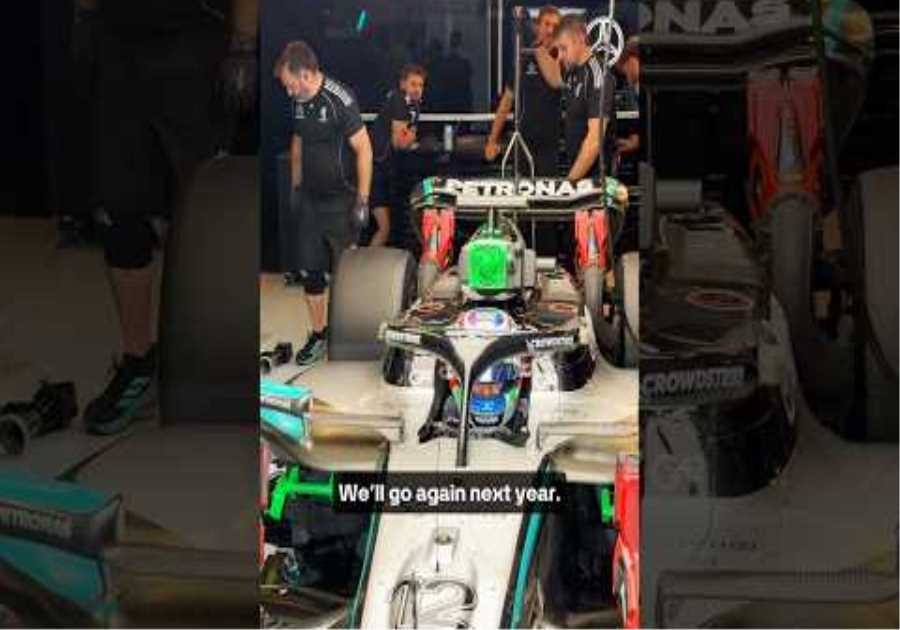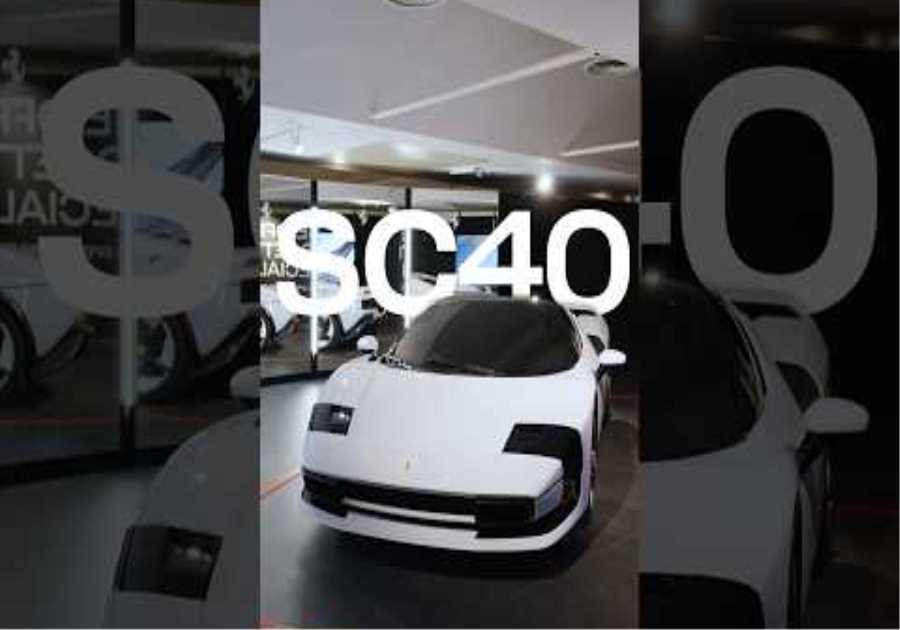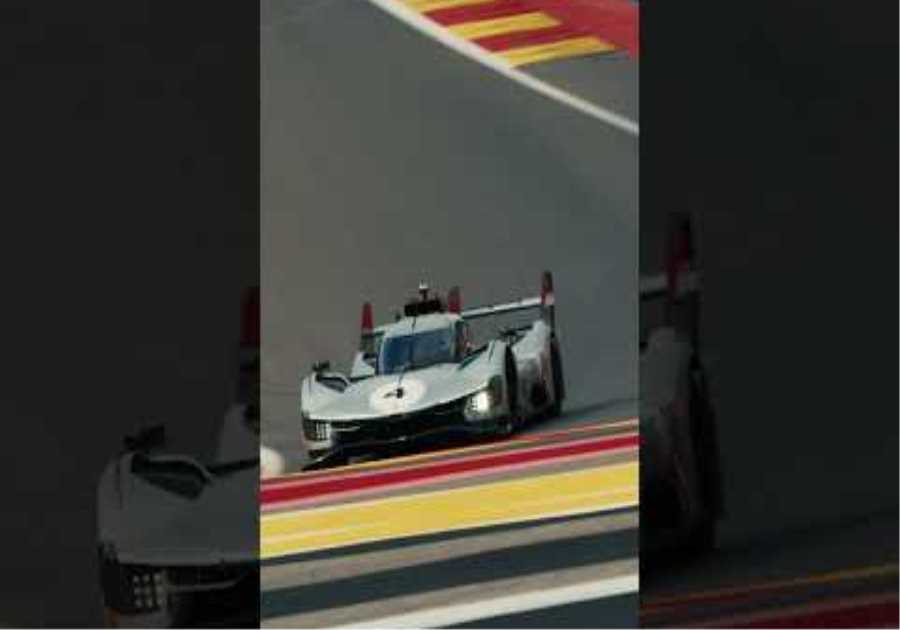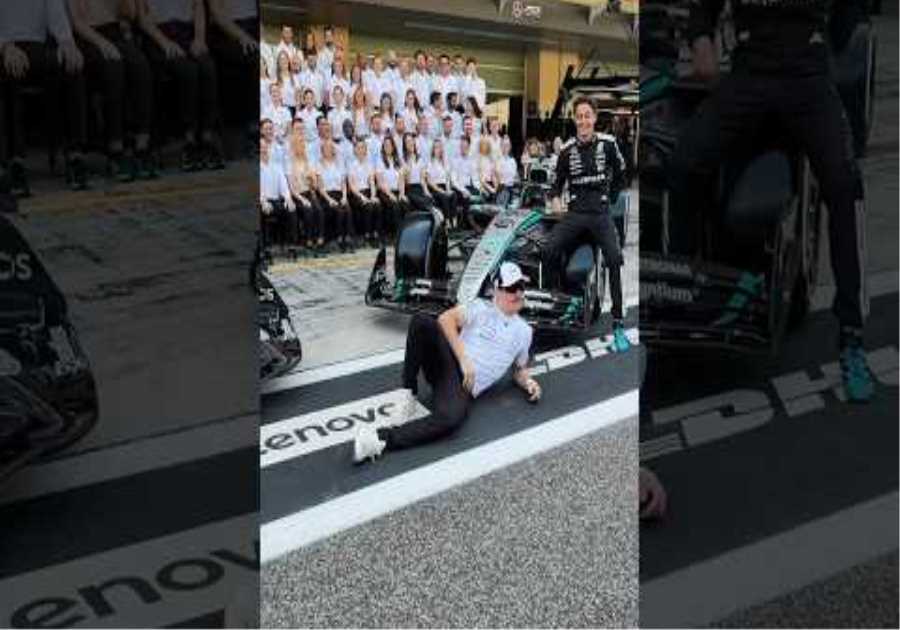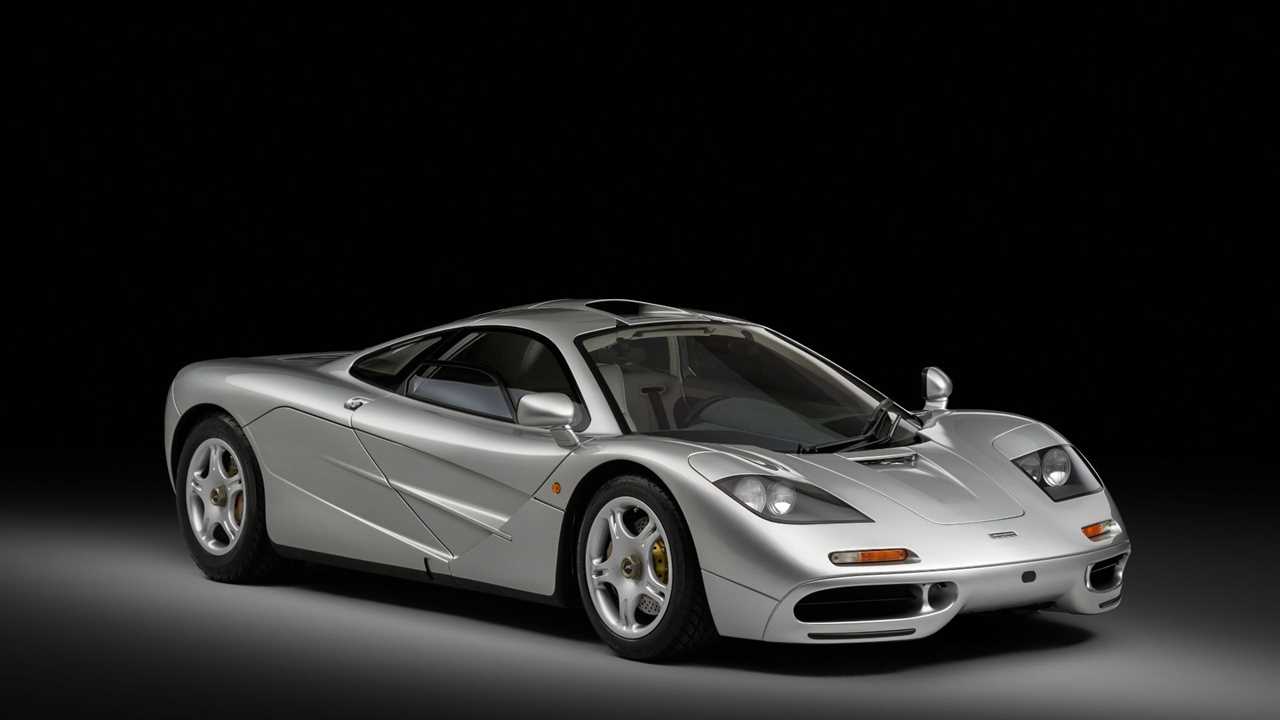
The McLaren F1 hardly needs an introduction. It was the British brand’s first road-going car that really made an impact, and to this day, considered the ultimate road-going car by many. The McLaren F1 was a car that shattered many of the norms in the automotive industry and ended up achieving the impossible. Its creator, Gordon Murray, was far from your conventional mindset, which resulted in some truly astonishing and unusual design decisions that made the F1 a one-of-a-kind, uncompromising, automotive icon. But that doesn’t mean the development process went smoothly, and here are 10 things about the legendary hypercar and its inception, you probably didn’t know.
TOP SPEED VIDEO OF THE DAY
1/10 It Established The Hypercar Segment
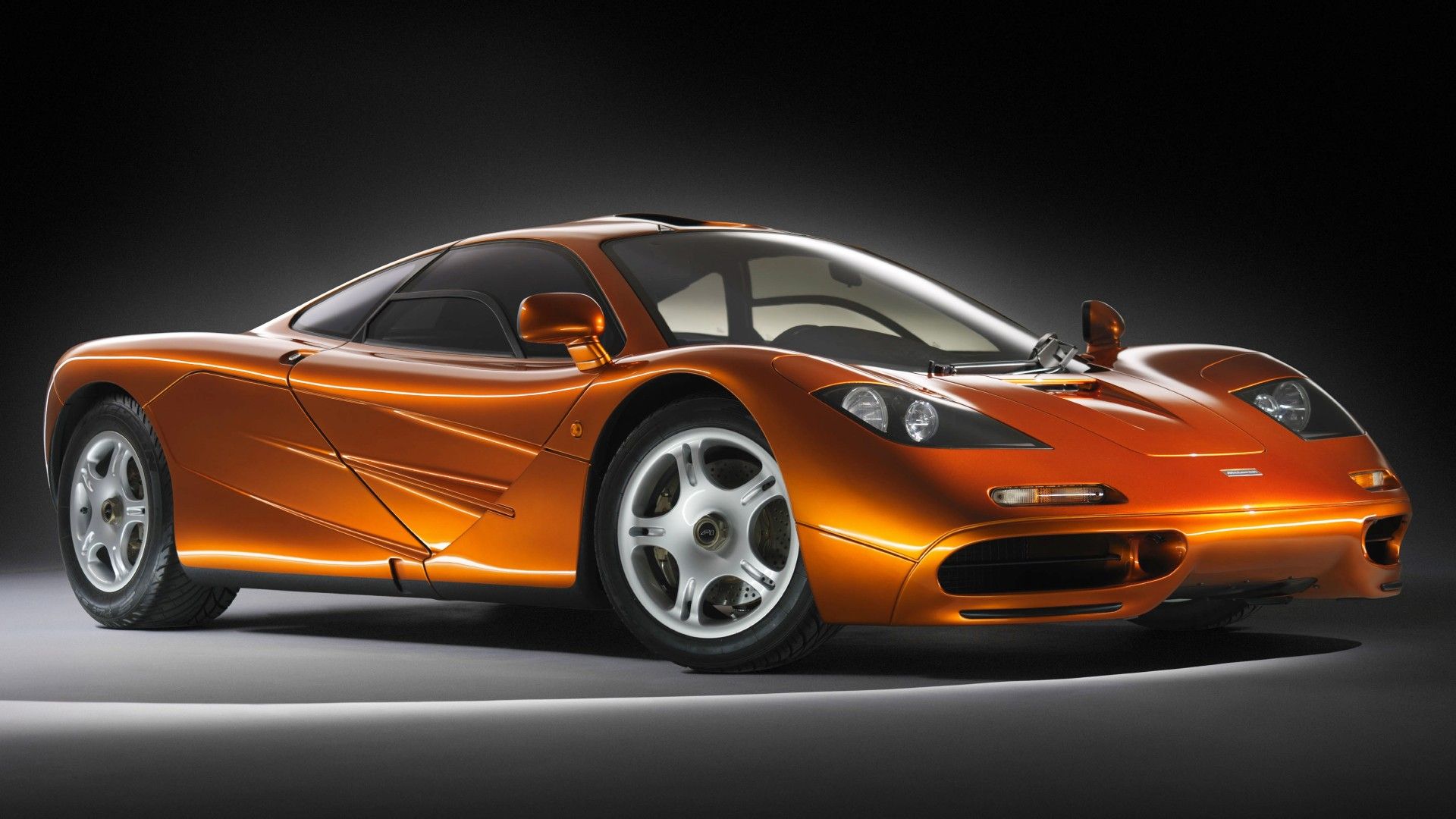
Front three-quarters shot of an orange McLaren F1
For something to be called a hypercar, being able to accelerate quickly is not enough. It’s about the degree of performance and rate of acceleration, if you will, which sets apart a hypercar from its sports car and supercar siblings. When it came out in 1992, the McLaren F1 was not just faster than any of the sports cars of that time, but it was also built to much higher standards, through more unconventional methods, and with 106 cars made, in much smaller quantities. That’s what makes it a hypercar and at that point, there was no analogue.
2/10 It Was Practically Conceived By Four Men Drinking At An Airport
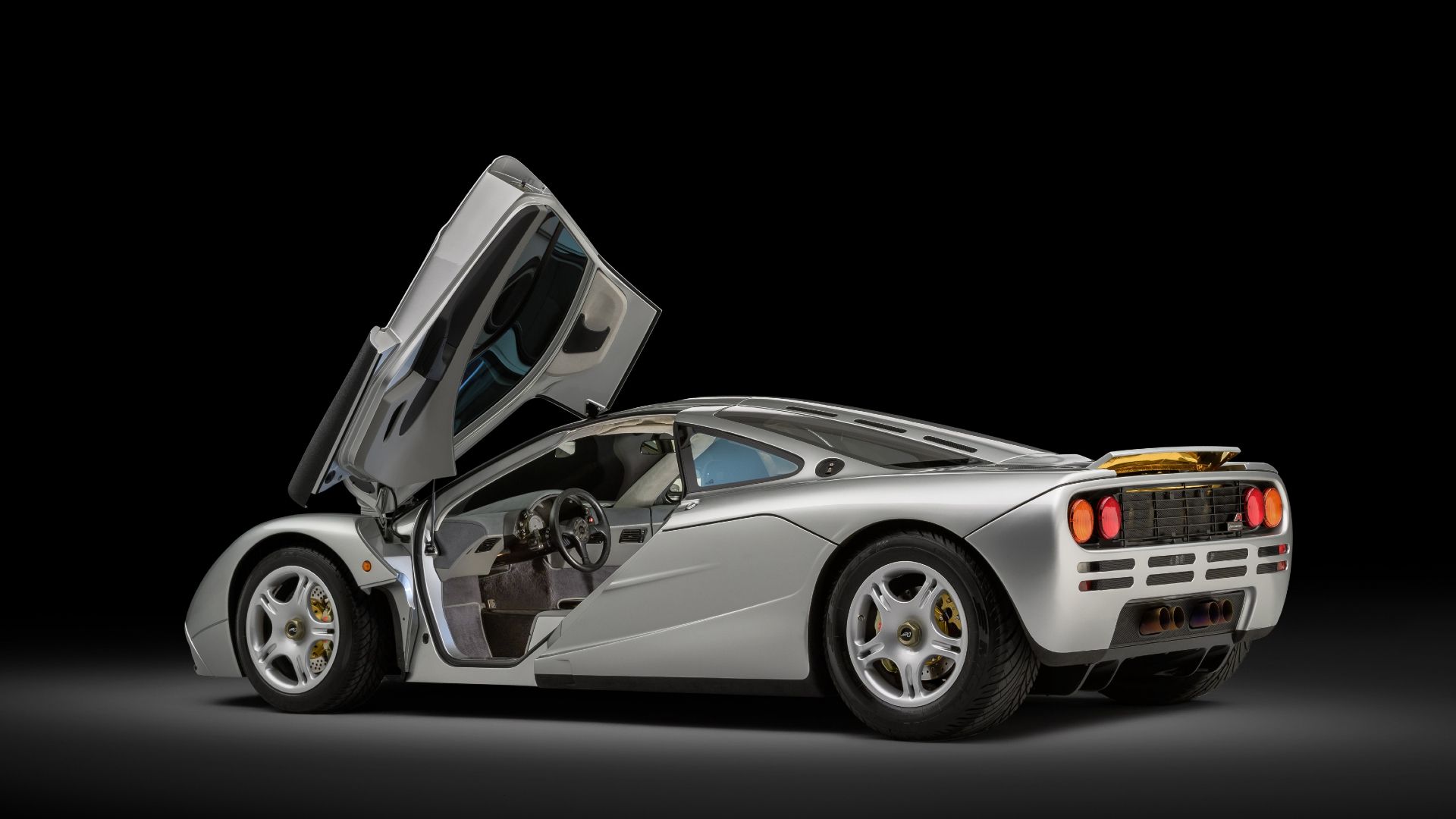
Side profile shot of a silver McLaren F1 with the wings spread
The idea of the McLaren F1 came in 1988 when the McLaren racing team was at an airport in Milan, Italy, after a Formula 1 Grand Prix. Sadly, the McLaren-Honda F1 team lost that race, with Ayrton Senna finishing in 10th position despite qualifying for the pole. Ferrari took first and second place that day and four McLaren representatives, including designer, Gordon Murray, were discussing potential ideas for the future. This small group of people became known as the McLaren 4 and included McLaren Racing director, Creighton Brown, McLaren Team manager, Ron Dennis, Financial beneficent, Mansour Ojjeh, and of course, Gordon Murray.
3/10 Inspired by the Honda NSX
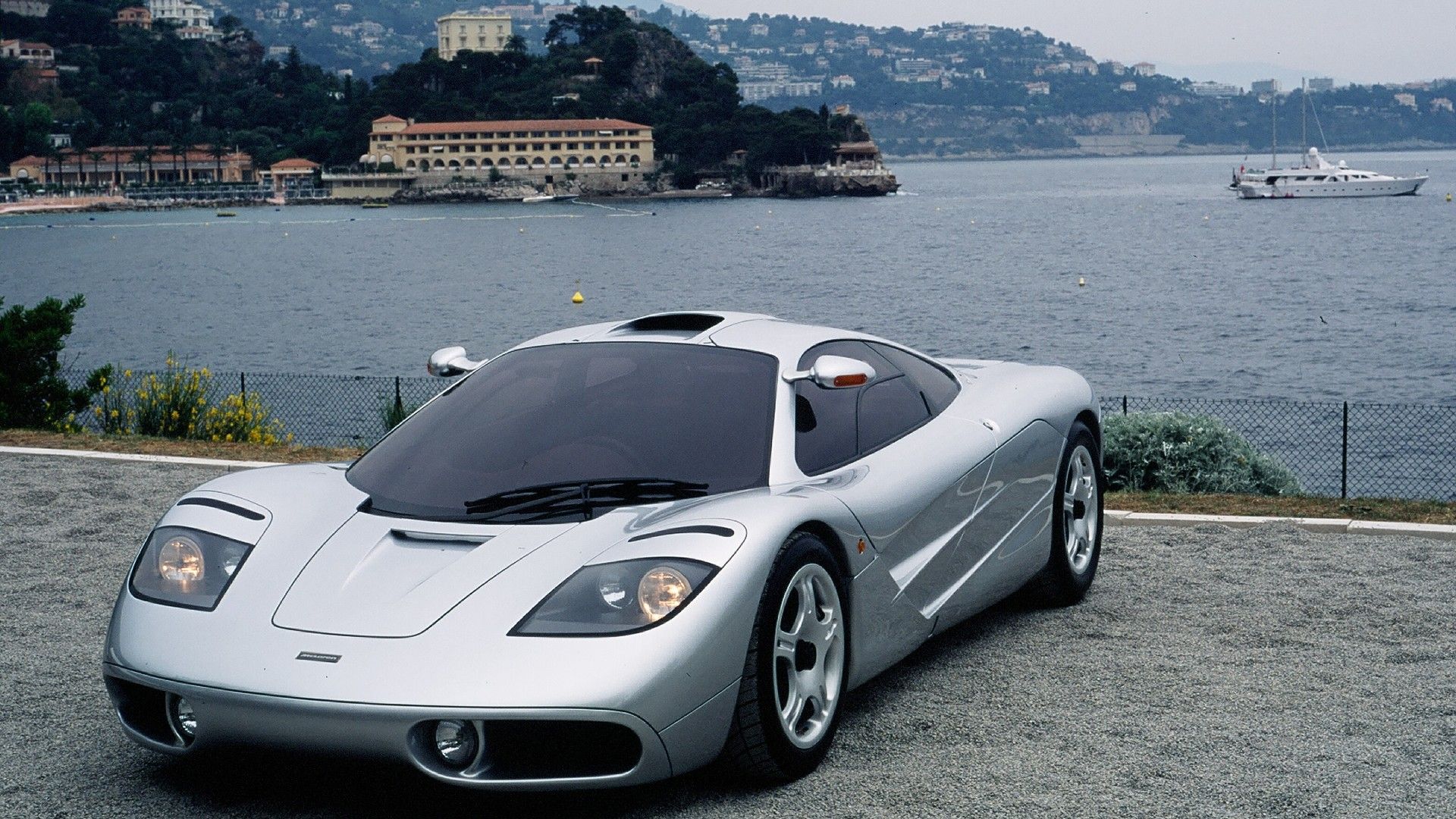
Front three-quarters shot of a silver McLaren F1 at the banks of a lake
If you have seen Gordon Murray’s car collection, you will have noticed he is all about small, simple, and lightweight. The McLaren F1 revolves around the same principles. More importantly, the Honda NSX had just come out, and it showed that a supercar doesn’t have to be a nightmare to live with. Honda supplied McLaren with engines for Formula One while McLaren racing driver, Ayrton Senna, was responsible for dialing in the Japanese mid-engine model. Gordon Murray was enthralled with the NSX and, essentially, decided he wanted to build a much more high-performance version of it.
4/10 It Almost Had An Isuzu Engine
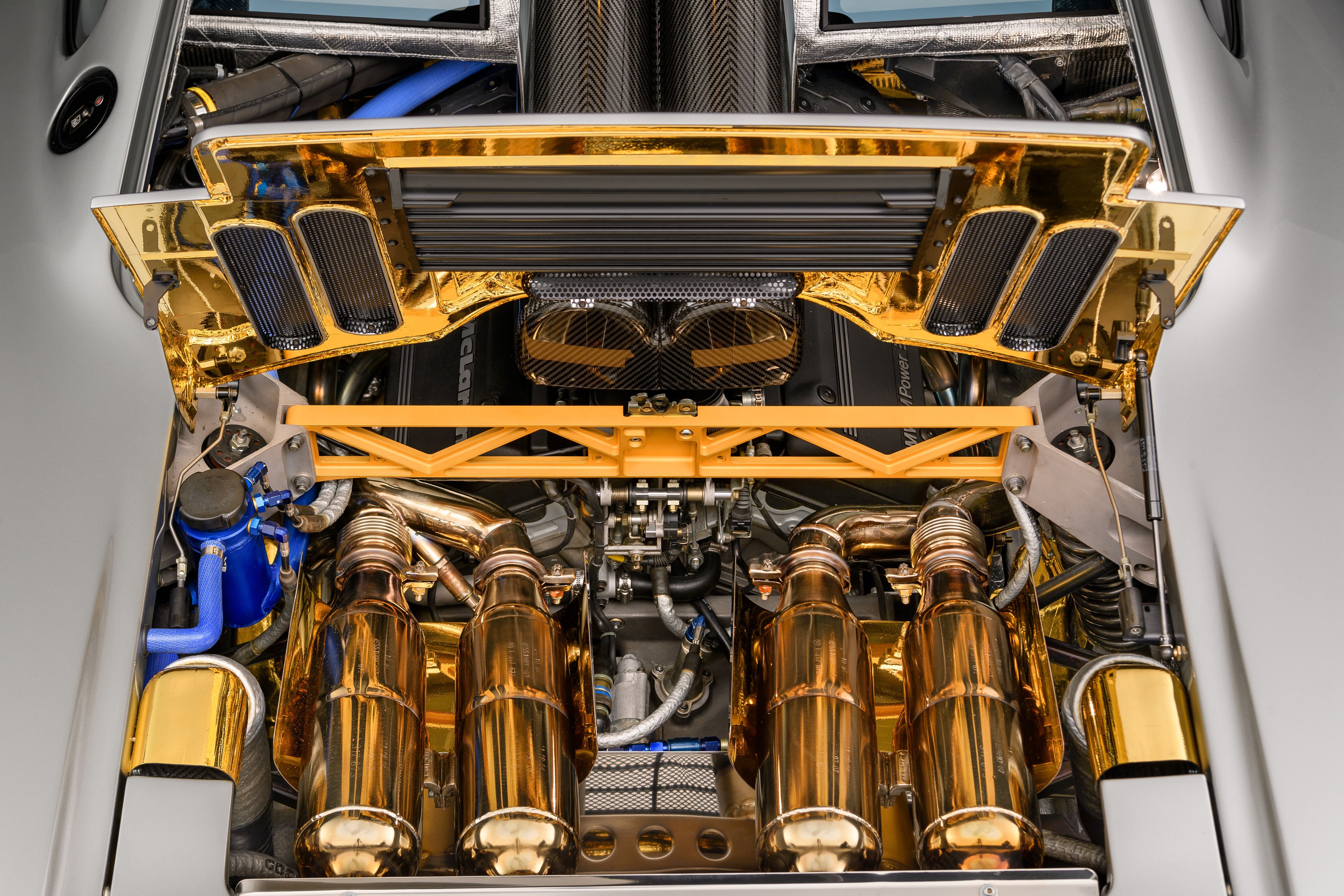
Image of the McLaren F1’s restored engine
One of the most crucial parts when developing the F1 was choosing the right engine. It had to displace at least 5.5 liters and put out 100 horsepower (74 kilowatts) per liter. It would also need to be normally aspirated, with instant response, and no more than 250 kilograms (551 pounds). At the time, the requirements were deemed impossible. Logically, Honda was the first choice, but Murray never got a response. Another requirement was that it needed to come from an established manufacturer. Strangely enough, Isuzu had a 3.5-liter, P799WE, V-12 racing engine, which could have served as the basis. Ultimately, Ron Dennis decided the brand was too new to motorsports, and eventually, BMW designed the S70/2 engine for McLaren.
5/10 The First High-Performance Car Designed With Usability In Mind
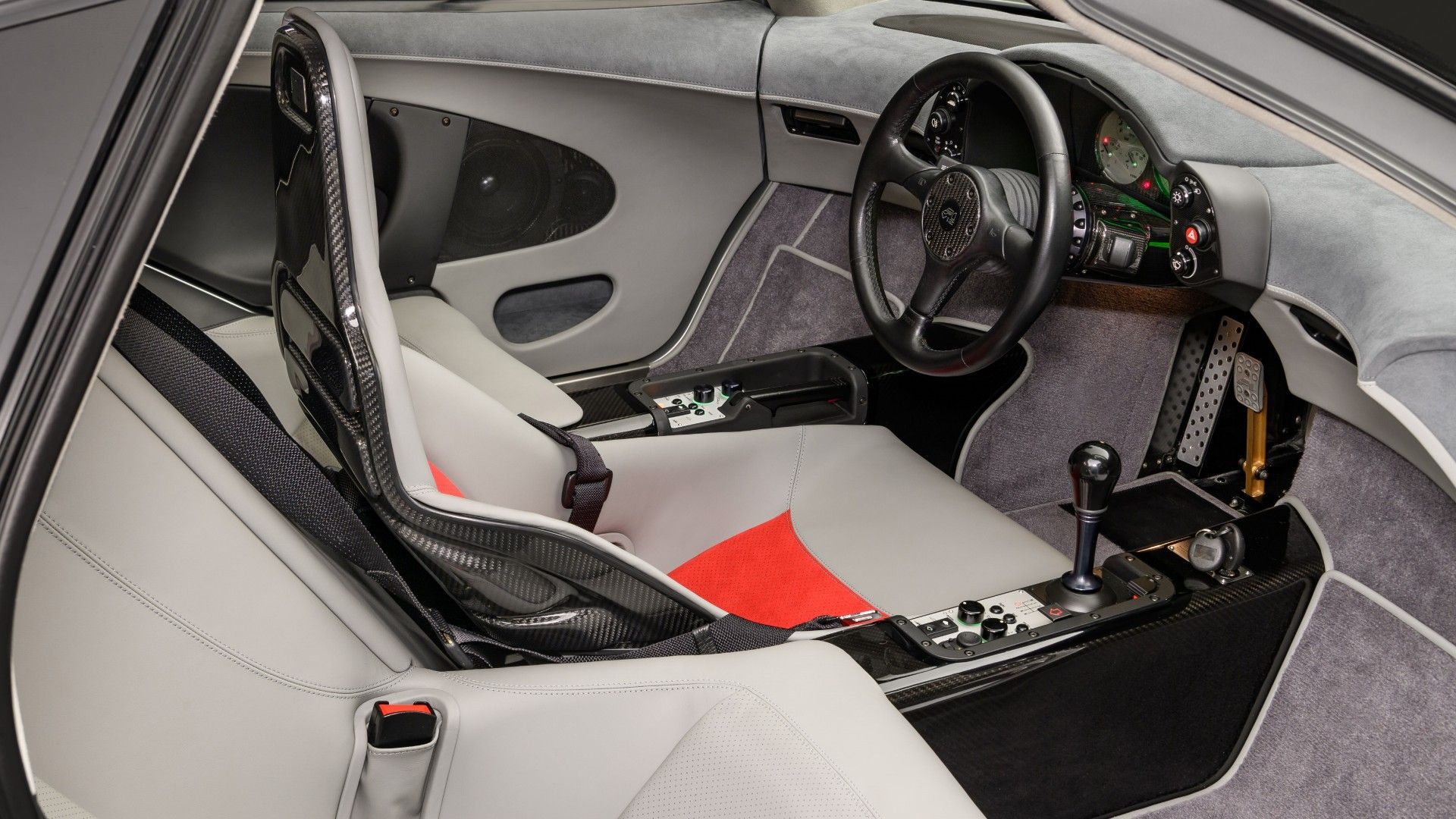
Shot of the McLaren F1’s interior
The Honda NSX was the first usable supercar, which prompted the likes of Ferrari and Lamborghini to go back to the drawing board and make better cars. Gordon Murray loved the NSX and wanted his F1 to be just as usable and livable as the Japanese model. You probably wouldn’t have expected it, but the McLaren F1 was meant to be a road car first. It had a back-then unique, three-passenger layout with the two passenger seats, flanking the driver’s seat, being slightly behind it. It also came with dedicated luggage compartments between the doors and rear wheel arches, and was meant to be as maintenance-friendly as it could while being durable and reliable.
6/10 One of the first cars to feature VANOS
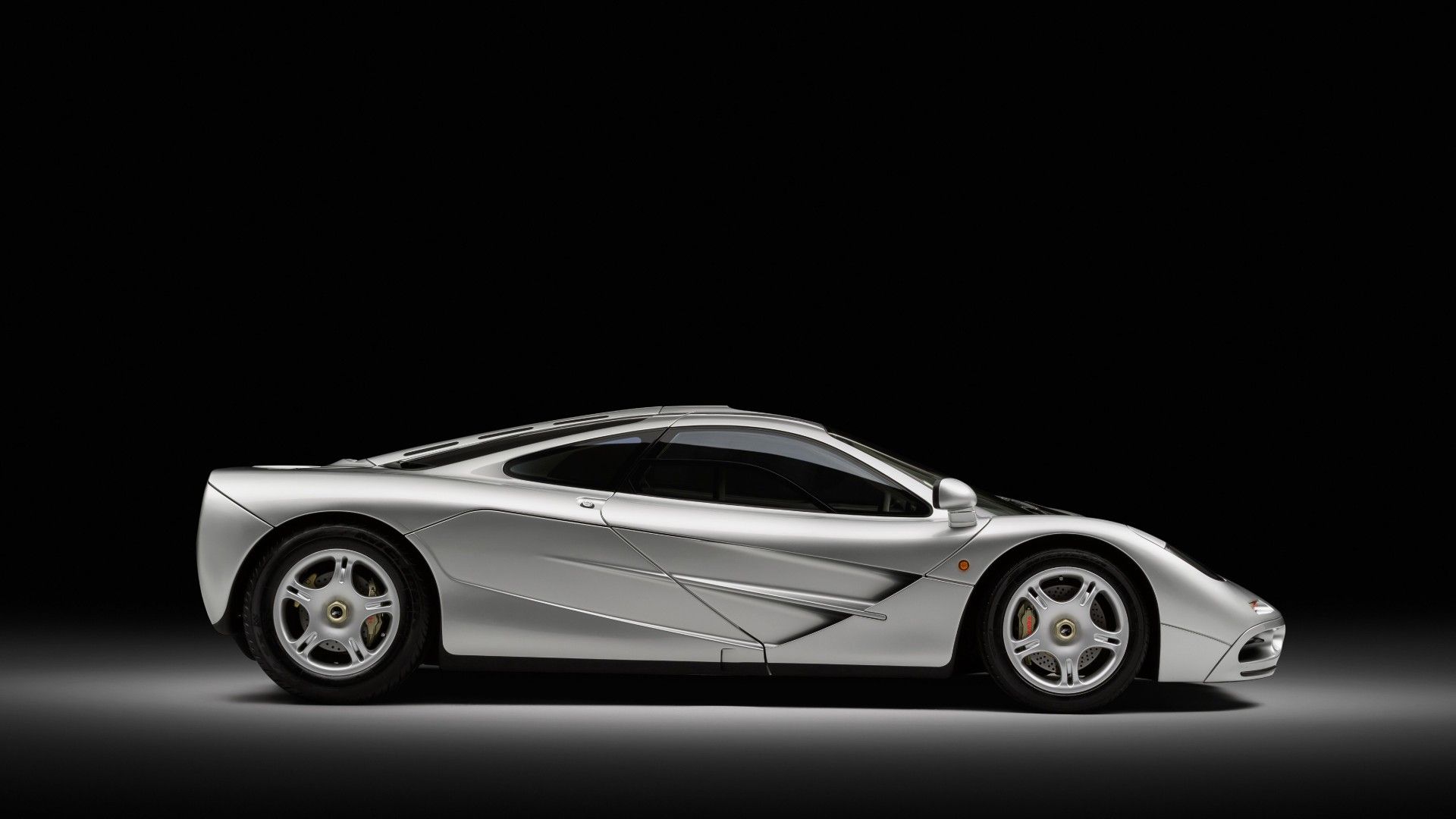
Side profile studio shot of a McLaren F1
BMW developed an engine for the McLaren F1 in record time. The S70/2 V-12 was based on BMW’s M70 engine, but had little in common aside from the 60-degree V-angle. The engine featured a DOHC valvetrain with four-valves per cylinder, dry-sump lubrication, and independent throttle bodies. It also featured BMW’s version of V-TEC – VANOS. It is believed that early F1 variants had single VANOS (on the intake camshaft-only), first introduced in 1992 while later versions, supposedly, came with double VANOS introduced in 1996. Regardless, the all-aluminum, fully-forged, S70/ 2 produced 627 horsepower (461 kilowatts) at 7,400 PM and up to 480 pound-feet (651 Nm) at 6,700 RPM from 6.1 liters of displacement. The only “drawback” was that the engine weighed 265 kilograms (568 pounds) or 15 kilograms (20 pounds) more than Murray’s requirements, but at least it had golden plating in the engine bay to absorb heat.
7/10 It Didn’t Need A Flywheel
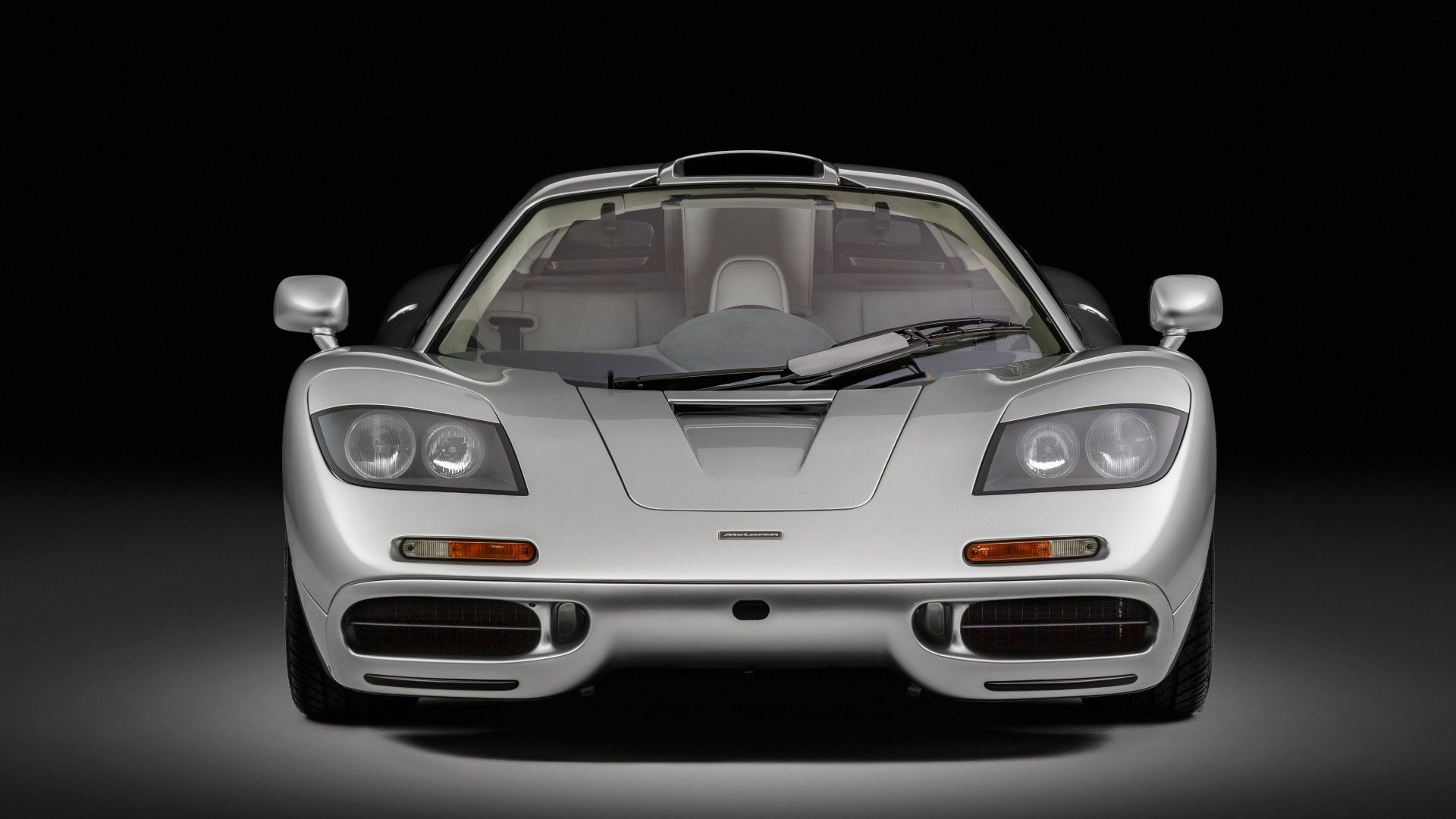
Front end shot of a McLaren F1
Gordon Murray was a man that thought outside the box. The McLaren F1 was the embodiment of that. Power from the 6.1-liter, naturally-aspirated, V-12 was sent to the rear through a six-speed manual transmission. The BMW-derived V-12 was said to be so smooth and balanced that Murray persuaded the BMW engineers, the engine does not need a flywheel despite the massive power. Moreover, until the introduction of the Gordon Murray T.50, the McLaren F1 was the only car with a manual transmission that didn’t have a flywheel.
8/10 A Dual Purpose Exhaust System
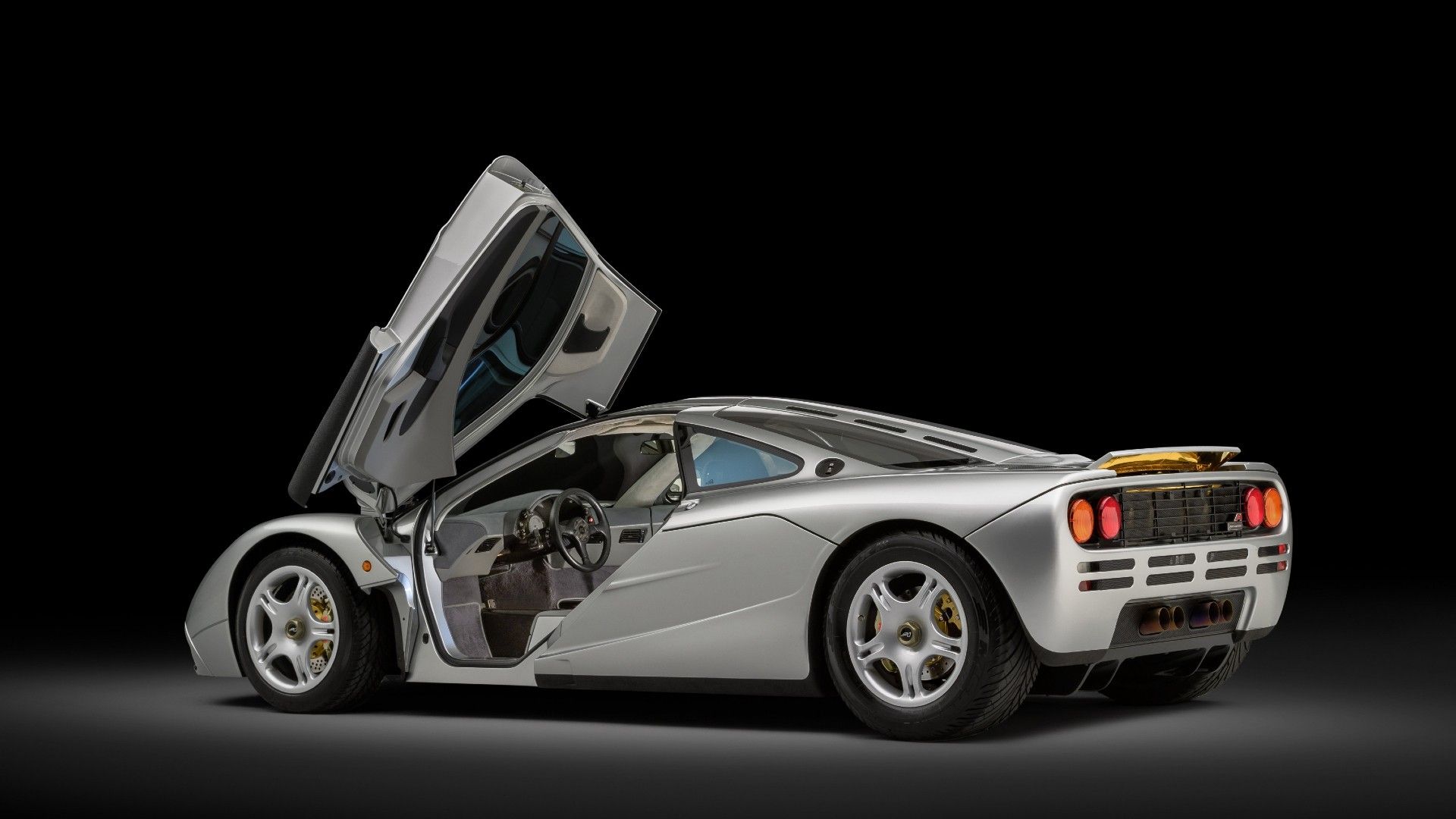
Rear three-quarters shot of a McLaren F1 with the doors open
It is safe to say no detail was too small when developing the F1. That borderline-obsessive pursuit of perfection led to everything in the F1 being over-engineered. Forget about the Citroën CX’s side mirrors, many parts of the car served a dual purpose, among which is the exhaust system. It was made out of Inconel – a lightweight, but highly durable, nickel-chrome-based, alloy material, used in space shuttles. Even today, very few exotic cars feature this material. It not only produced a heavenly soundtrack, but also doubled as the F1’s rear crumple zone in case of an accident.
9/10 It Was Never Meant To Be The Fastest Production Car…
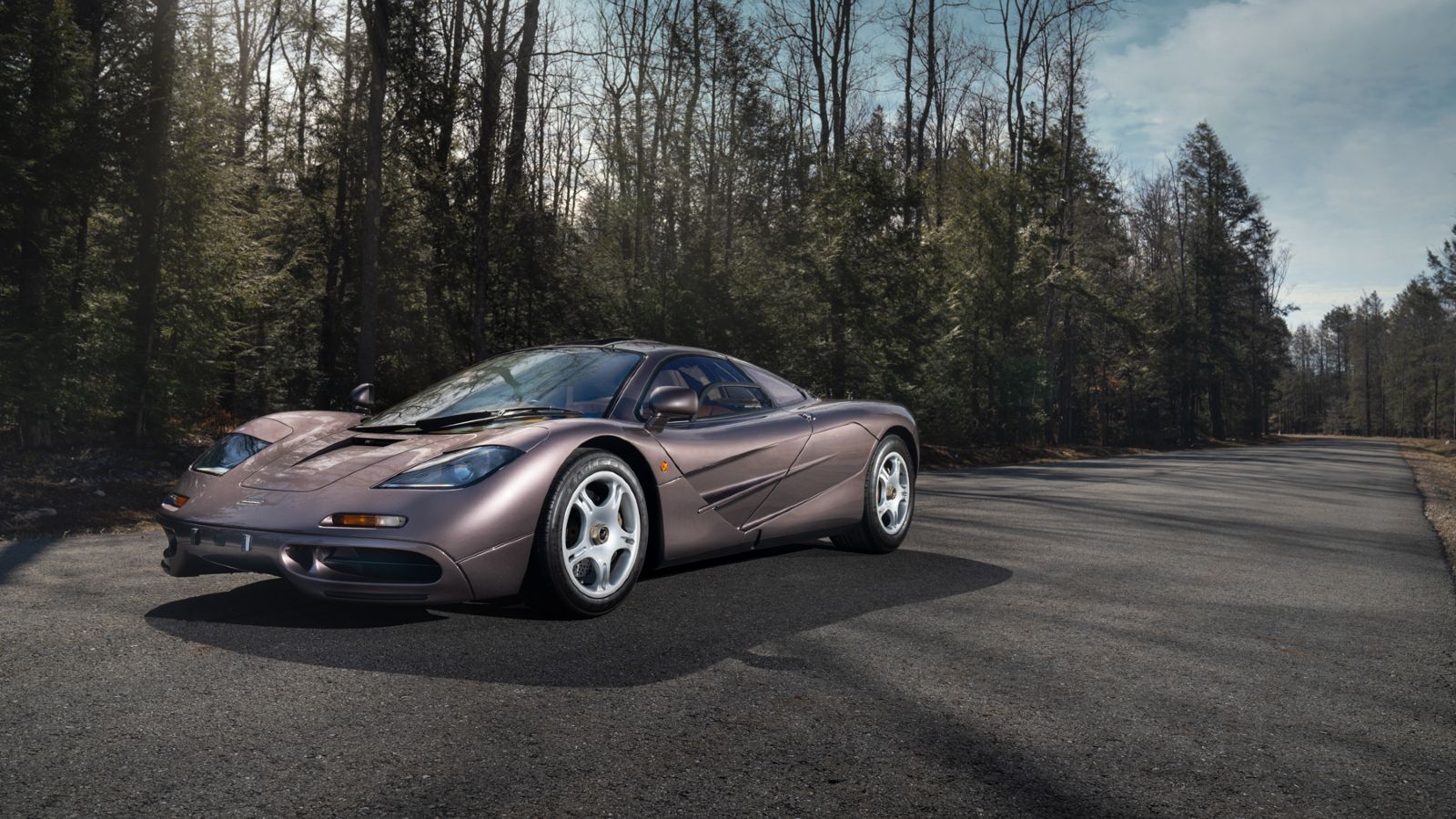
Front three-quarters shot of a McLaren F1
Gordon Murray hated when a car was developed solely for speed. It is the reason, the F1 was such a sophisticated hypercar, not just for its time, but also by modern standards. It was meant to be a daily driver and apparently, at least one owner did just that. According to stories, a rich banker used the car every day for a 118-mile (191 km) commute from Cologne to Frankfurt at speeds of over 200 mph (322 km/h). One day, the owner complained about a misfire at nearly 200 mph (322 km/h). The ECU data confirmed it and questions about the car’s true capabilities emerged. Journalists, reportedly, ran top speed tests at the time and found that the car wanted to go more, but was limited by the gearing. Murray theorized that with longer gearing, over 230 mph (370 km/h) was possible. It was an understatement. Racing driver, Andy Wallace, sat behind the wheel of a specially-maintained McLaren F1 test car, dubbed XP5. At the Volkswagen’s test track in Wolfsburg, the car now with longer gearing, managed 242.9 mph (391 km/h), resulting in the longest-holding speed record of any production car.
10/10 … Yet It Is The Fastest Production Car With A Normally-Aspirated Engine Even Today!
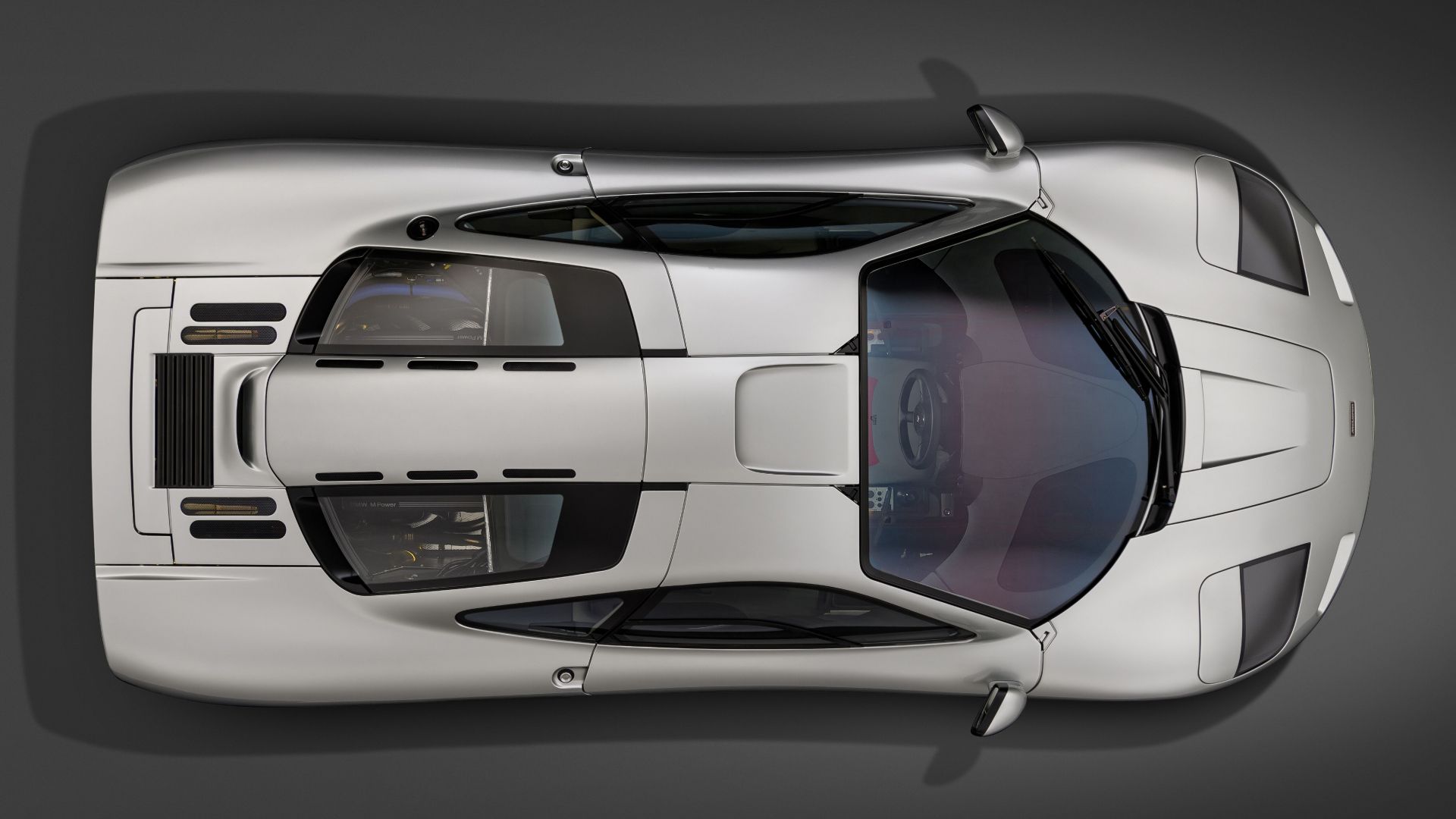
Aerial top-view shot of the McLaren F1
The McLaren F1’s production car speed record was held for 10 whole years, until the Bugatti Veyron came out. That one, however, relied on a bigger engine that featured four turbochargers. The war for the fastest production car erupted, but each next hypercar that took the title relied on forced induction. To this day, the 1992 McLaren F1 is still the fastest production car with a normally-aspirated engine and frankly, it makes forced induction feel like cheating.
Honorable Mention: The First Road-Going “Fan” Car
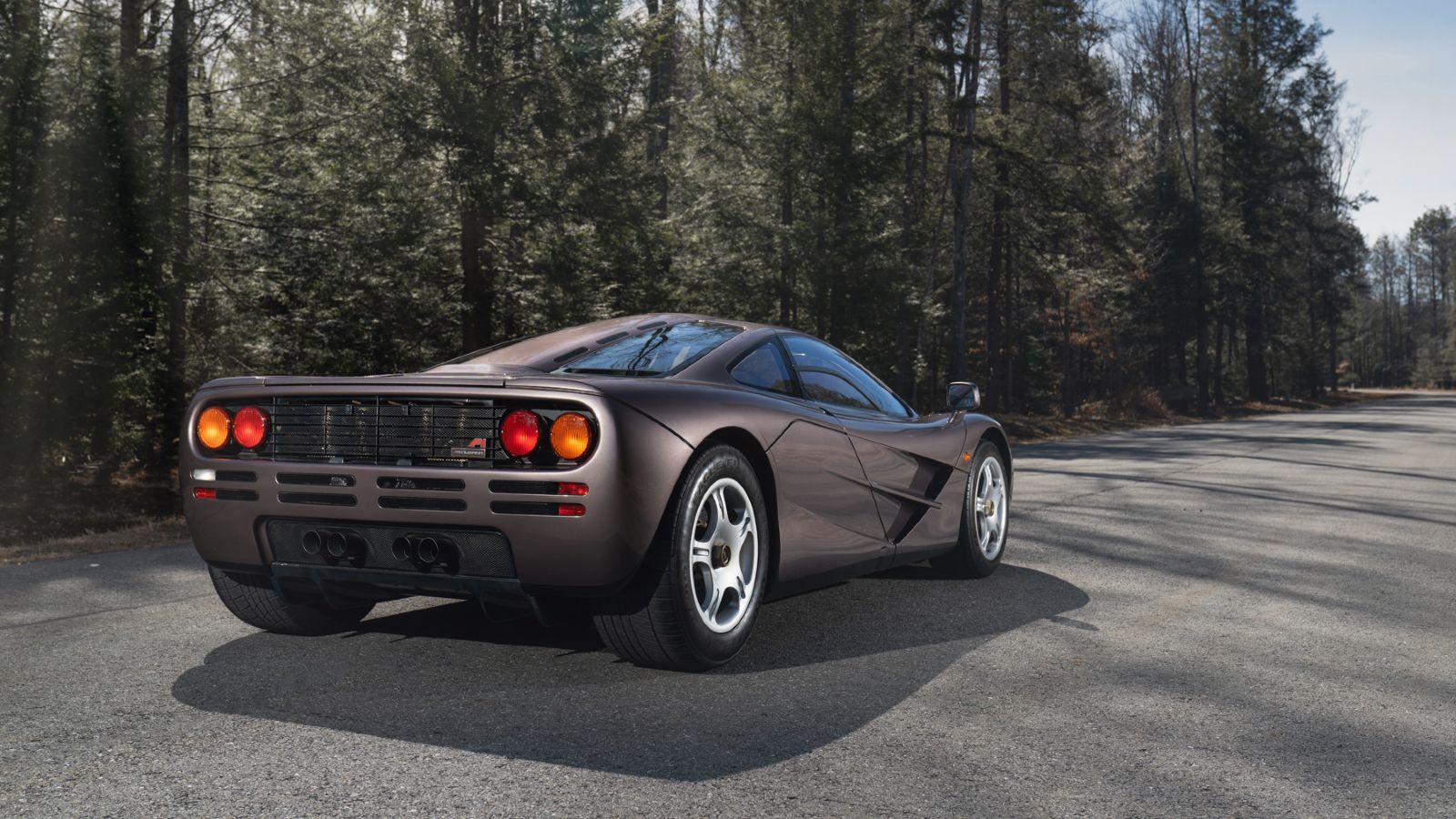
Rear three-quarters shot of a McLaren F1
In 2022, Gordon Murray introduced the T.50 – a true, spiritual successor to the McLaren F1. Its most notable feature is the big fan at the back, which depending on the mode can maximize downforce or allow you to achieve maximum velocity. The idea was first seen on the 1978 Brabham BT46B “Fan Car”, which Gordon Murray designed for Formula 1. The fan sucked air that passed underneath the car, creating insane downforce. What you probably didn’t know is that the F1 had a similar fan system, located underneath the car that improved downforce. There was also intelligent brake cooling with computer-operated flaps that opened after a hard-enough brake input. These are features that are only now becoming available on the most expensive, high-performance cars.
FAQ
Q: How many McLaren F1s were made?
Between 1992 and 1998, a total of 106 McLaren F1 were made. Among those, six were developmental prototypes with designations X1, X2, X3, X4, X5, AND XP1 LM, and 64 were road-going versions. The other 36 examples were competition models.
Q: How much is a McLaren F1?
When it was new, the McLaren F1 cost between $800,000 and $1.0 million. This is one of the most valued cars ever made since in 2021, one of the 106 cars was auctioned for $20.5 million at Gooding & Co.
Q: Why is the McLaren F1 so special?
To this day, the McLaren F1 is the fastest production car with a normally-aspirated engine, with a top speed of 242.9 mph (391 km/h). It was also built with unconventional methods and unlike the vast majority of high-performance cars of its time, it was over-engineered to be reliable and usable while featuring many industry firsts.
Q: What car is the McLaren F1?
The McLaren F1 is a British-made, mid-engine, high-performance car. It is also the first hypercar.



